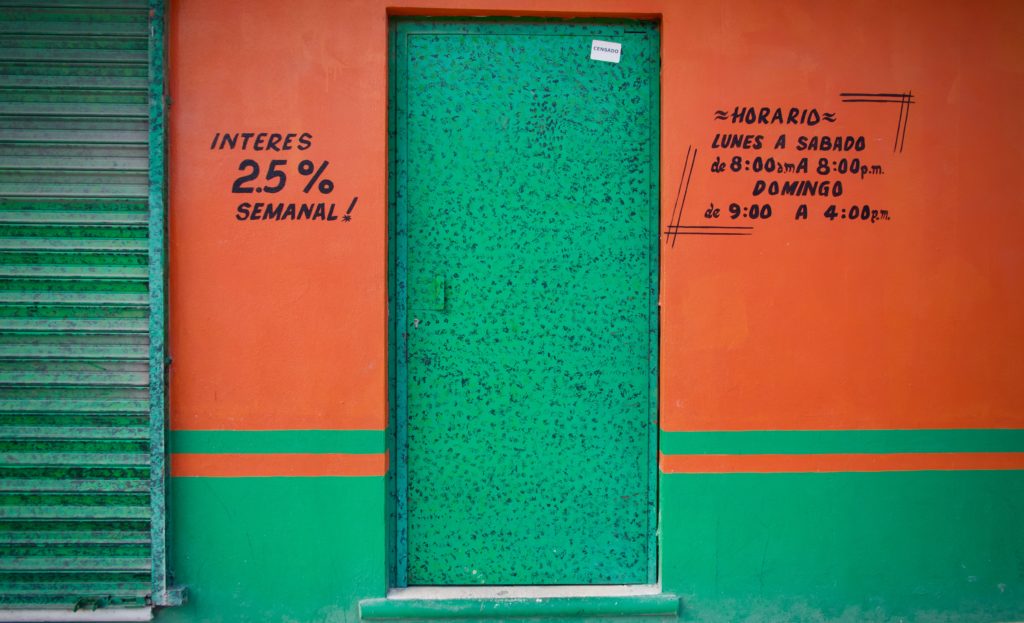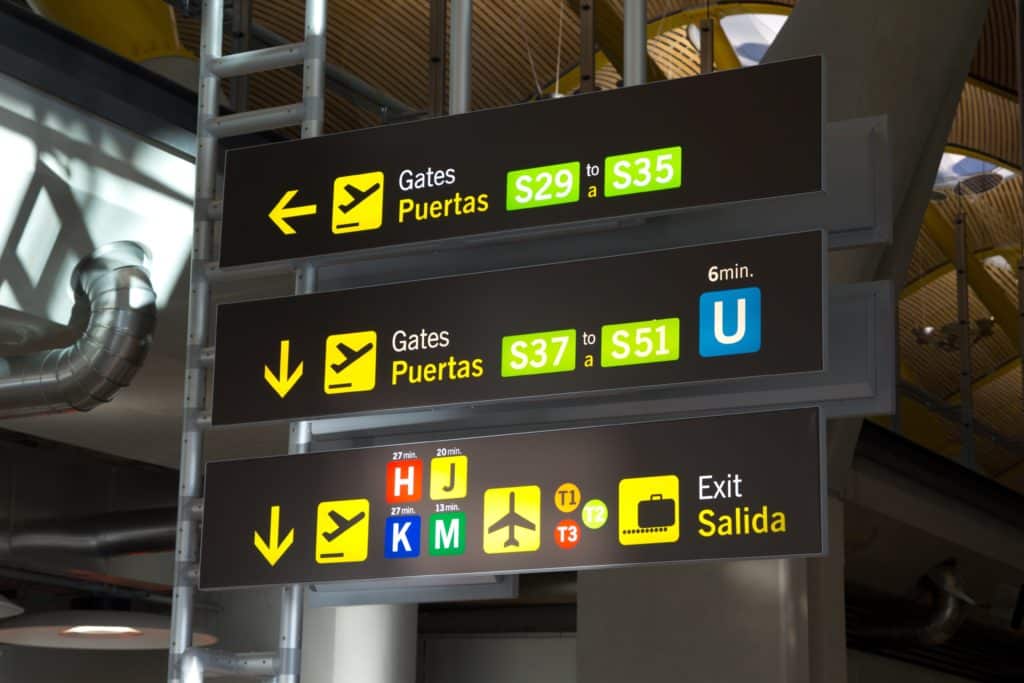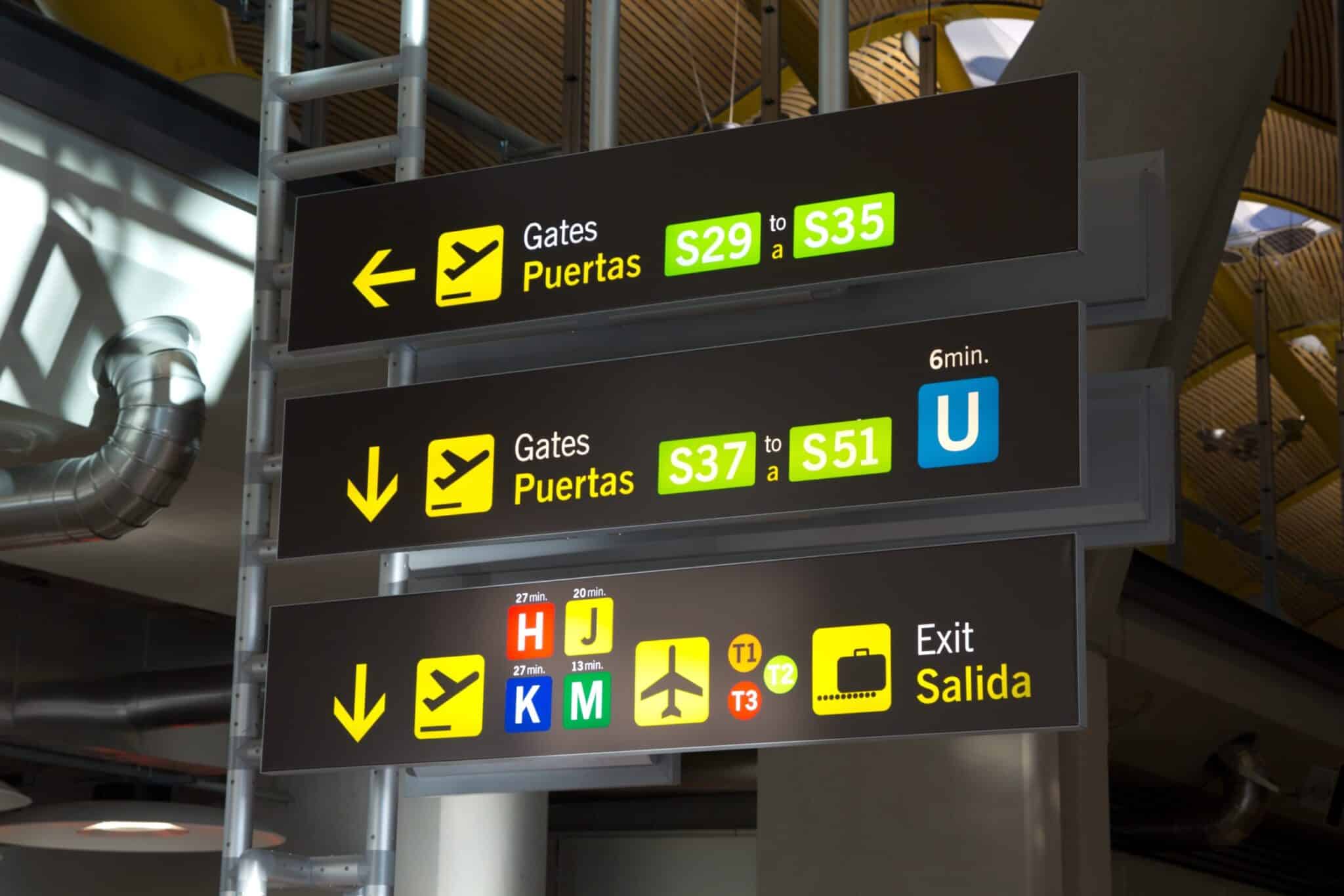Learning the Spanish Language can be one of the great joys of your life, but it can also be one of the most challenging subject areas for some students.
If you’re having trouble learning and memorizing Spanish Numbers, take heart! This blog post will help you learn and study the numbers, and hopefully retain this knowledge even after you’ve finished your Spanish Course.
In the beginning of your Spanish learning journey, you learn the things that you need to know in everyday life, like days of the week, colors, and basic numbers (los números). As you get to more advanced levels, you can start to learn the big numbers, along with more complicated concepts.
Knowing the Spanish numbers 1-50 enables you to express so many important facts and personal information: Your age, height, weight, phone number, address, number of children, amounts of money, statistics, percentages, bible verses, telling time, etc.
If you’re looking for a complete list of numbers in Spanish from one to fifty, you’re in the right place.
In this post, we cover Spanish Cardinal Numbers 1-50, Spanish Ordinal Numbers, Spanish Fractions, and more.
We will start with a list of números cardinales, which denote quantity.

Spanish Numbers List
You probably know the Spanish words for the numbers one through ten just by hearing them throughout your life:
1 – uno (Pronunciation: oo no)
2 – dos (Pronunciation: doh-s)
3 – tres (Pronunciation: tray-s)
4 – cuatro (Pronunciation: kwa-tro)
5 – cinco (Pronunciation: seen-ko)
6 – seis (Pronunciation: say-s)
7 – siete (Pronunciation: see-eh-tay)
8 – ocho (Pronunciation: oh-cho)
9 – nueve (Pronunciation: noo-ay-vay)
10 – diez (Pronunciation: dee-ays)
Large numbers can get a little trickier. The good news is that often there are patterns that you can follow, just like in English. One of the best ways to learn numbers is to memorize these patterns.
Here are the rest of the numbers.
11 once (Pronunciation: own-say)
12 doce (Pronunciation: doh-say)
13 trece (Pronunciation: tray-say)
14 catorce (Pronunciation: ka-tor-say)
15 quince (Pronunciation: keen-say)
16 dieciséis (Pronunciation: dee-ays-see-say-s)
17 diecisiete (Pronunciation: dee-ays-see-see-eh-tay)
18 dieciocho (Pronunciation: dee-ays-see-see-oh-cho)
19 diecinueve (Pronunciation: dee-ays-see-see-nu-ay-vay)
20 veinte (Pronunciation: bayn-tay)
21 veintiuno
22 veintidós
23 veintitrés
24 veinticuatro
25 veinticinco
26 veintiséis
27 veintisiete
28 veintiocho
29 veintinueve
30 treinta
31 treinta y uno (correct pronunciation: treh-een-tah ee oo no)
32 treinta y dos
33 treinta y tres (treh-een-tah ee tres)
34 treinta y cuatro
35 treinta y cinco
36 treinta y seis (treh-een-tah ee saze)
37 treinta y siete
38 treinta y ocho
39 treinta y nueve
40 cuarenta (Pronunciation: kwa-ren-ta)
41 cuarenta y uno
42 cuarenta y dos
43 cuarenta y tres
44 cuarenta y cuatro
45 cuarenta y cinco
46 cuarenta y seis
47 cuarenta y siete
48 cuarenta y ocho
49 cuarenta y nueve
50 cincuenta (Pronunciation: sink-kwon-tah)
51 cincuenta y uno (Pronunciation: sink-kwen-tah ee oo no)
52 cincuenta y dos
53 cincuenta y tres
54 cincuenta y cuatro
55 cincuenta y cinco
56 cincuenta y seis
57 cincuenta y siete
58 cincuenta y ocho
59 cincuenta y nueve
If you’re interested in learning the Spanish for numbers 60-100, here they are:
60 sesenta
61 sesenta y uno (Pronunciation: seh-sehn-tah ee oo no)
62 sesenta y dos (Pronunciation: seh-sehn-tah ee dos)
63 sesenta y tres (Pronunciation: seh-sehn-tah ee tres)
64 sesenta y cuatro
65 sesenta y cinco
66 sesenta y seis
67 sesenta y siete
68 sesenta y ocho
69 sesenta y nueve
70 setenta
71 setenta y uno
72 setenta y dos
73 setenta y tres
74 setenta y cuatro
75 setenta y cinco
76 setenta y seis
77 setenta y siete
78 setenta y ocho
79 setenta y nueve
80 ochenta
81 ochenta y uno
82 ochenta y dos
83 ochenta y tres
84 ochenta y cuatro
85 ochenta y cinco
86 ochenta y seis
87 ochenta y siete
88 ochenta y ocho
89 ochenta y nueve
90 noventa
91 noventa y uno
92 noventa y dos
93 noventa y tres
94 noventa y cuatro
95 noventa y cinco
96 noventa y seis
97 noventa y siete
98 noventa y ocho
99 noventa y nueve

100 cien
101 ciento uno
etc.
For more numbers in Spanish, check out The Giant List of Spanish Numbers 1-1000+.
How to Practice with Flash Cards
If you’re having trouble learning numbers in Spanish, it’s a great opportunity to take advantage of some of the online games, spanish number games, flash cards and other study tools available to you – for free!
For example, Quizlet is a fantastic resource for practicing numbers and other Spanish vocabulary words. In fact, you can find free resources there for any target language you are practicing.
On Quizlet, you can search for Flashcard Sets created by students who have come before you, studying the very same thing. Pro Tip: Look for flashcard sets that have been created by Spanish teachers. If the flashcard set was created by another student, there may be errors.
Once you click on a flashcard set, you can participate in a variety of games that will help you learn the words.
To practice Spanish Numbers 1-50, try this Quizlet Flashcard Set.
Once inside this Flashcard Set, click on “Learn” to answer multiple choice questions about the Spanish numbers.
Click on “Write” to practice writing the numbers.
Click on “Spell” to practice listening comprehension and spelling.
Click on “Test” to give yourself a practice quiz about the vocabulary words.
Click on “Match” & “Gravity” to play fun, fast-paced games that will help you learn the words.
Quizlet will keep track of your score in each section so you can monitor your progress as you learn. You’ve got this!
If you prefer pen and paper, here is a printable worksheet you can practice with. This teacher offers fill-in-the-blanks, a word search, crossword puzzles, and more.
Helpful Tips
Here are some helpful tips when using numbers in Spanish:
- All spanish numbers are singular, masculine nouns.
- Whether to use un/una depends on the gender of the noun. If you are describing one singular, masculine noun such el libro you would use “un”. The Spanish translation of un libro is either “a book” or “one book.”
- A note about pronunciation of native speakers: There are different ways to pronounce the letters c and z. In Latin America, the letters c and z are pronounced as S, while in Spain you will hear a TH sound.
- When you get into the thousands and above, you should know that Spanish speakers use decimal points instead of commas. For example, 1.000 = 1,000
- To learn about short scale and long scale numbers like 1.000.000 (un millón) 1.000.000.000 (un billón) and above, check out The Giant List of Spanish Numbers 1-1000+

Spanish Ordinal Numbers
Spanish Ordinal Numbers are numbers that define a person, place, or thing’s position in a series. In English, we say “first,” “second,” or “third.”
Here is a list of ordinal numbers in Spanish:
First: primero
Example: primer lugar = first place
Second: segundo
Example: Es el segundo libro / Direct translation: It is the second book.
Third: tercero
Fourth: cuarto
Fifth: quinto
Sixth: sexto
Seventh: séptimo, sétimo
Eighth: octavo
Ninth: noveno
Tenth: décimo
Important Note: When used as an adjective, ordinal numbers must agree with the number of the noun and the gender of the noun. The following examples illustrate this point.
Masculine forms:
el segundo chico (el chico is a masculine noun)
Feminine forms:
la segunda vez (la vez is a feminine noun)
la tercera ventana (la ventana is a feminine noun)
Another important note is that when primero and tercero come before a singular masculine noun, the o is dropped.
Examples:
el primer caso (the first case)
Plural form: los primeros casos (the first cases)
el tercer piso (the third floor).
This change is known as apocopation.
Short Scale & Large Scale Numbers
Throughout history, two forms developed for naming large numbers: short scale and long scale. Here are the short scale and long scale names of the following numbers.
1,000,000,000
Short Scale: One billion
Long Scale: One thousand million
1,000,000,000,000
Short Scale: One trillion
Long scale: One billion
United States was the first to use the short scale in the American English they spoke, and by the 1970’s, the British English of Great Britain switched from long-scale to short-scale, and other English-speaking countries followed suit.
However, the rest of Europe and most Spanish-speaking countries still use the long scale.
That is why, in Spanish, the following numbers would be:
8 billion = Ocho mil millones
2 trillion = 2 billones
It is possible to find short scale large numbers in Spanish, but long scale numbers are used most of the time.
Spanish Fractions:
For the fractions “half” and “third”, you use the following words:
half: la/una mitad
third: el/un tercio
For the fractions “fourth” through “tenth”, you use the masculine form of the ordinal numbers listed above:
cuarto (fourth, quarter)
quinto (fifth)
sexto (sixth)
séptimo
sétimo (seventh)
octavo (eighth)
noveno (ninth)
décimo (tenth).
Here are some examples with their direct translations:
Ella quiso la mitad de la comida. She wanted half of the food.
Es un tercio del precio. It’s a third of the price.
Dos sextos es igual a un tercio. Two sixths is the same as one third.
Need extra practice? Check out this spanish numbers worksheet. You can also use Quizlet to help you practice. This website also gives you access to spanish worksheets that will help you with numbers.
About the Author

Calie Herbst was a Spanish teacher in Milwaukee Public Schools for 10 years before running Milwaukee With Kids full time. She has lived and traveled in Spain, Mexico, Costa Rica, & Nicaragua.
Related Posts:
When to Use the Spanish Imperfect Tense
50 Words That Start With Y For Kids
Calie Herbst, Editor-in-Chief of Milwaukee With Kids, has spent over a decade combining her experiences as a parent of three to create a hub for Milwaukee’s family adventures.
Her decade-long teaching career in Milwaukee Public Schools and academic background, including a Master’s in Teaching from Marquette University and dual B.A.s in Sociology and Spanish from the University of Wisconsin – Madison, fuel her passion for inclusive and engaging family content.
Calie is also a recognized voice in local media, contributing to WISN Channel 12 News, WTMJ Wisconsin Morning News, Fox 6’s Real Milwaukee, and B93.3.
Discover more about Calie’s journey and editorial approach on her About Page and Editorial Policy Page.









